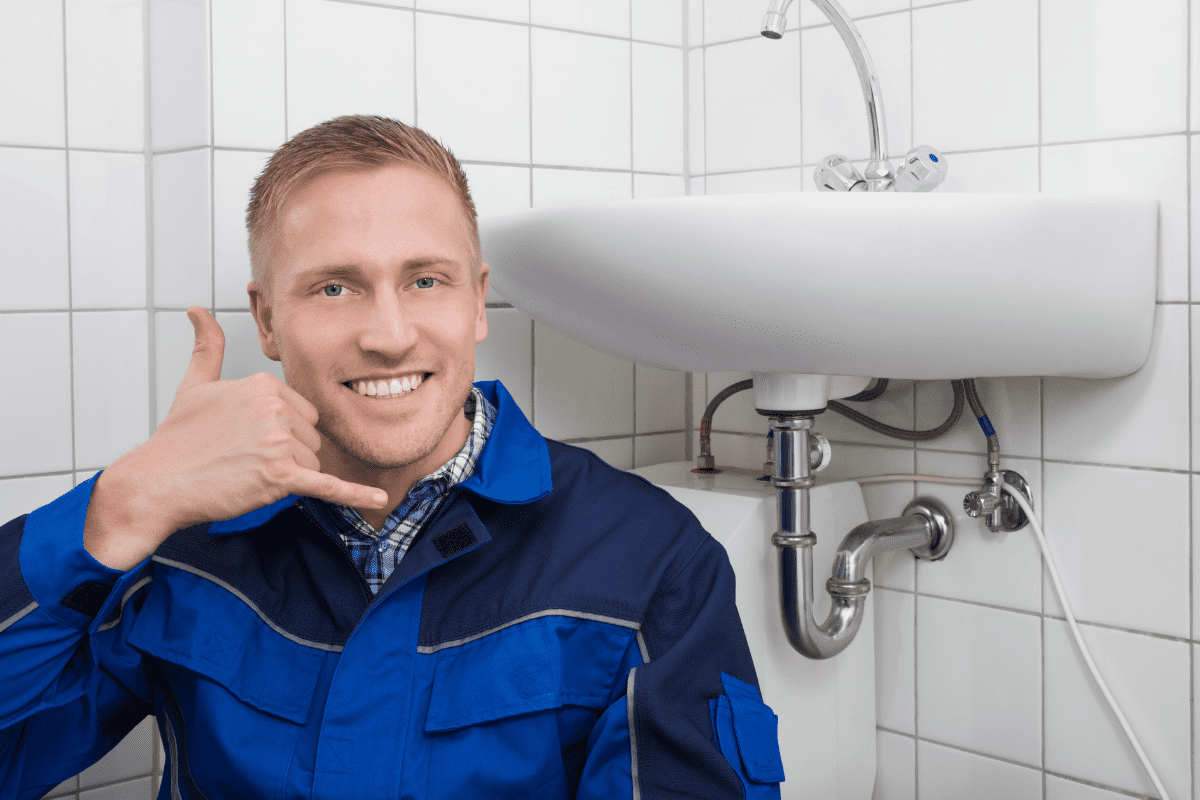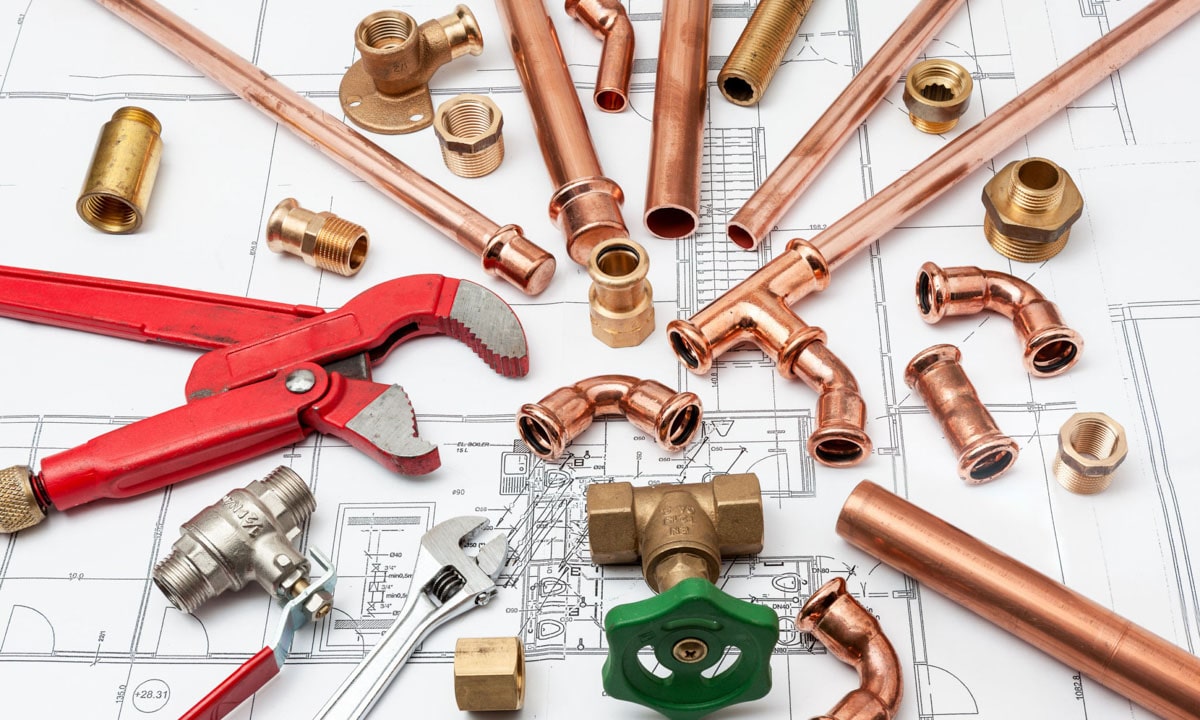The article author is making a few good points on the subject of Innovative Plumbing Trends Transforming Construction overall in this content below.

Introduction
The pipes sector is undergoing a transformative phase driven by technical advancements and expanding issues for sustainability and efficiency. This article explores emerging fads and developments shaping the future of plumbing.
Governing Landscape
Governing structures play a critical role fit the fostering of plumbing advancements, with standards and codes regulating whatever from water efficiency to item safety and security. As modern technologies continue to develop, governing bodies need to adapt to make certain consumer protection and ecological stewardship.
Future Overview
The future of plumbing is defined by proceeded development and integration with other industries such as IoT, renewable resource, and building automation. By accepting sustainable practices, leveraging emerging innovations, and focusing on user-centric style, the pipes market is poised to resolve the evolving requirements of culture while minimizing its environmental impact.
Augmented Truth in Pipes
Increased Fact (AR) technology is changing pipes by giving service technicians with real-time visual guidance for troubleshooting and repair jobs. AR-enabled clever glasses or mobile applications overlay electronic information onto the physical setting, helping plumbers imagine pipeline designs, recognize concealed leakages, and execute repair services with accuracy.
Impact of 3D Printing
The development of 3D printing has actually introduced new opportunities in manufacturing plumbing components. From custom-made fixtures to complex pipeline installations, 3D printing allows for quick prototyping and on-demand manufacturing, reducing preparations and making it possible for better modification in pipes layout.
Health and Safety Characteristics
In feedback to increased worries for health and wellness, pipes fixtures are including attributes such as antimicrobial surfaces, touchless procedure, and self-cleaning mechanisms. These technologies not just boost health however additionally advertise customer comfort and convenience.
Hygiene-focused Fixtures
Touchless taps, self-sanitizing toilets, and antimicrobial surface areas are coming to be increasingly common in household and industrial settings, lessening the risk of germ transmission and promoting a cleaner, much healthier environment.
Water Top Quality Tracking
Innovations in water top quality surveillance innovations allow home owners to keep track of the purity and safety of their water system in real-time. Smart water high quality sensing units can discover impurities, pH degrees, and temperature level variants, encouraging individuals to take aggressive steps to ensure water safety.
Remote Pipes Services
Remote diagnostics and digital help are transforming the way plumbing solutions are delivered. Through video clip conferencing and remote gain access to technologies, plumbers can fix problems, offer advice for do it yourself repair work, and even execute remote inspections, using greater accessibility and benefit to house owners.
Difficulties and Opportunities
While plumbing innovations hold tremendous assurance, they likewise existing difficulties such as information personal privacy issues, governing conformity, and the requirement for labor force training. Attending to these challenges needs collaboration between industry stakeholders and regulative bodies to ensure safe and liable implementation of new innovations.
Smart Plumbing Systems
Incorporating wise innovation into pipes systems enables remote monitoring, leakage detection, and automated upkeep. Smart sensing units and IoT (Web of Things) tools allow home owners and plumbings to check water usage and spot issues in real-time, bring about a lot more effective resource monitoring and aggressive upkeep.
Water Effectiveness Solutions
With increasing emphasis on water preservation, cutting-edge solutions are being established to minimize water wastage in pipes systems. High-efficiency components, greywater recycling systems, and clever watering controllers are amongst the modern technologies helping customers lower their water impact while preserving comfort and benefit.
Sustainable Products
The shift towards sustainability extends to pipes materials, with an expanding preference for environment-friendly alternatives. Biodegradable piping materials, such as PEX (cross-linked polyethylene) and HDPE (high-density polyethylene), deal longevity and resistance to rust without jeopardizing environmental stability.
Anticipating Maintenance
Predictive maintenance techniques leverage information analytics and machine learning algorithms to prepare for and stop pipes concerns before they occur. By examining historic information and efficiency metrics, anticipating upkeep algorithms can recognize patterns and abnormalities, enabling aggressive treatments to prevent costly repair services and disturbances.
Verdict
To conclude, the future of plumbing is defined by a merging of innovation, sustainability, and user-centric design. By accepting smart remedies, sustainable materials, and aggressive maintenance methods, the pipes market can enhance performance, advertise security, and add to a much more lasting future.
Plumbing Industry Trends You Need To Know
Smart technology in plumbing
Homeowners want to be able to manage their homes from their phones. The technology exists to make that happen. From smart toilets to leak detector devices, the whole plumbing system can be managed on an interconnected network made up of sensors, IoT devices, and machine learning algorithms.
This allows for wireless control to turn appliances on and off, automate routines, and access advanced monitoring to track water usage and flag potential issues. Smart technology streamlines water consumption, maintenance and energy usage, creating a more efficient system.
Green plumbing
The data analysis possible with smart technology not only improves convenience and cost-effectiveness but also fulfills a high-priority customer desire – sustainability. Consumers are very aware of their impact on the planet and want plumbing solutions to reduce damage and support sustainability. Eco-friendly plumbing solutions are already starting to emerge.
Customers can opt for low-flow toilets, water-saving faucets, and connections to sustainable energy sources. Beyond monitoring water consumption, customers can conserve water through the installation of greywater systems. This is a system that collects water that has been used but is still clean enough for some household uses such as toilet flushing.
Shorter product pipeline
To keep up with modern plumbing, plumbers need modern tools that enable them to complete jobs more efficiently. One technology making strides in this area is 3D printing. By 3D printing key plumbing fixtures, plumbers can reduce wait times even for specialized fixtures. It minimizes delays often seen in traditional manufacturing that frustrate customers and prevent plumbers from taking on more work.
Off-site repairs
Augmented reality is making a splash in many industries including plumbing. Plumbers can map a building online so they can explore the plumbing system through augmented reality, identifying areas of maintenance and repair completely digitally. This technology can be applied quite widely in plumbers’ work including planning installations and training new recruits. It’s safer, smarter and more efficient.
Low-footprint materials
Another way for plumbing companies to reduce their environmental footprint and meet the customer demand for sustainability is by using recycled materials in their work. The products they source and manufacture such as pipes, fixtures and faucets can be made from recycled materials. This saves the planet while being just as effective.
Onsite water purification
Additionally, plumbing companies can be advocates of water conservation and ease the financial and environmental concerns of customers by offering water purification systems. New water purification technology such as reverse osmosis systems and UV systems make it possible for homeowners and business owners to thoroughly cleanse water, removing contaminants onsite. This means the water can be safely reused in more ways than greywater can be, establishing a water recycling loop.
Tankless water heaters
Another innovation of modern plumbing is tankless water heaters. The idea is that the water is heated on demand as it runs through the system instead of being heated in a water tank. This is more energy efficient and therefore cost-effective and eco-friendly because water isn’t heated needlessly.

Hopefully you enjoyed reading our part about 7 Plumbing Industry Trends You Need To Know. Thanks a lot for taking time to browse our blog. Are you aware of someone else who is very much interested in the subject? Why not share it. Thanks a lot for your time invested reading it.
Website